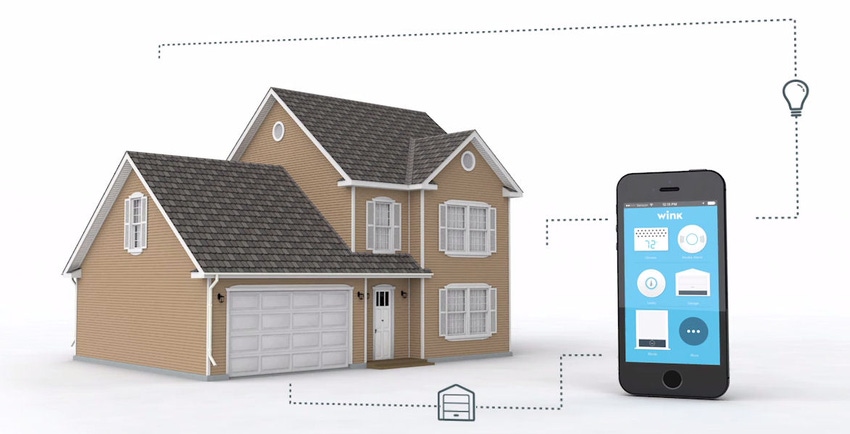In the Wink of an eye: the history of home automation
Wink’s primary concern is to take all the different brands in the connected space, and create a simple, elegant interface that not only allows users to control everything, but to create interactions between the distinct products.
March 1, 2016

By Thomas Campbell
In 2016, you will still hear, and with some reason, complaints about home automation tech. That it needs to be cheaper, for instance. And easier to install. To give you some idea of how far we really have come, though, pause to consider the Honeywell 316, the so-called kitchen computer of 1969.
Weighing in at a lightweight 100 pounds, and costing an affordable $10,000, the Honeywell 316 had the added advantage of requiring a mere two weeks’ training to programme.
To be honest, your humble home automation historian was unable to deduce exactly how this was supposed to work, but then I may not be the only one, as there’s no record of any proto-early adopters who actually opted to snap one up. Feasibly this lack had something to do with the product’s weight, cost, and complexity, but a tacitly insulting advertising campaign can’t have done it any favours: “If she can only cook as well as Honeywell can compute.”
Fast forward to 2016, and not only do we see an evolution in gender politics and marketing campaigns, but Bluetooth technologies are helping to make the automated home a (much quicker and much cheaper) reality, finally putting its finicky reputation to bed. It’s an area of innovation you can expect to see richly represented at this year’s Bluetooth World (March 15 – 16, Levi’s Stadium), with Wink CTO Nathan Smith among the speakers.
Wink’s primary concern is to take all the different brands in the connected space, and create a simple, elegant interface that not only allows users to control everything, but to create interactions between the distinct products. Using the Wink app you can actually get products to work in ways that aren’t available through the manufacture’s own app.
“I think everyone at Wink really sees beyond the idea of command control through products,” says Smith. “You don’t want to get your phone out, unlock it, find the app, find the specific products and controls. What we wanted to work towards was this idea of your home as a thinking smart entity that you could interact with through a variety of ambient interfaces.”
What other ambient interfaces does he mean?
“Things like voice. We’ve done integration with Amazon and their Alexa voice service, so you can walk in your room and say, ‘Alexa turn on the lights, Alexa set the temperature to 72 degrees.’ That’s really what we’re trying to capture – having the technology fade into the background and making the use cases come out.”
At Bluetooth World Smith will be explaining how Bluetooth beacons can serve as a collective ranging mechanism to help facilitate this.
“What we’re working on – and beacons are a huge part of this – is a dynamic probabilistic model of the household, including things like children that don’t have cellphones, that looks at the family not just when they’re in the house, but are they in transit, on vacation, etc.? And then start to develop use cases on top of that.”
Crucially, Wink is articulating a vision that, somewhat unlike the Honeywell 316, doesn’t exclude anyone.
“We’re trying to build a system targeted at any consumer – not just consumers that enjoy setting up techy products. We would never ask a consumer to sit here for an hour, enter all the rooms in your house and map them out for us. We want to do that for consumers.”
Read more about:
DiscussionYou May Also Like






.png?width=300&auto=webp&quality=80&disable=upscale)


_1.jpg?width=300&auto=webp&quality=80&disable=upscale)


.png?width=800&auto=webp&quality=80&disable=upscale)